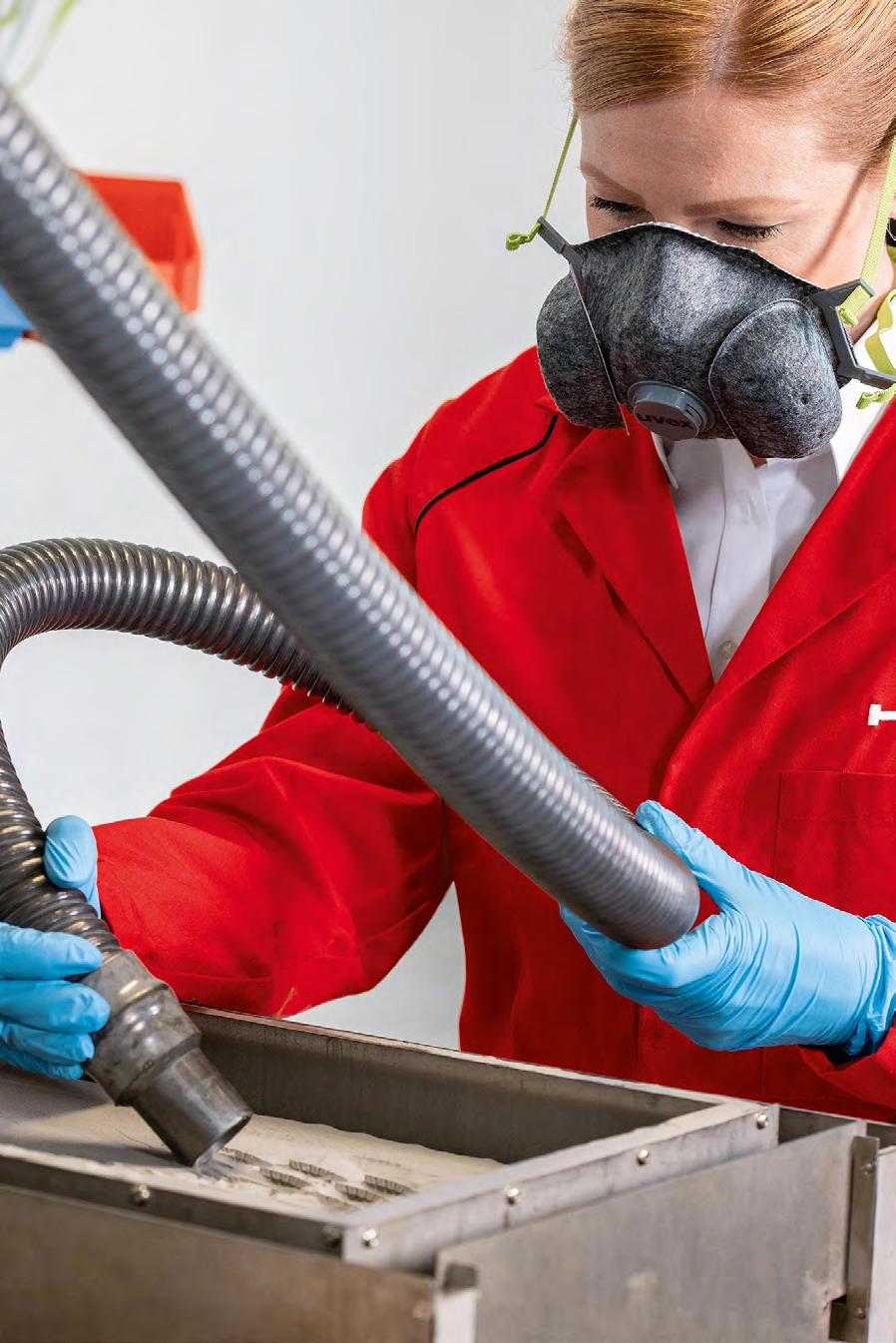
4 minute read
OUTLOOK
OUTLOOK
Other innovations in consumer goods are being developed around Europe and finding their place in the Swiss economic environment.
Advertisement
Circular procurement in the public sector
Public procurement contracts in Switzerland amount to CHF 40 billion a year. Changes to the law in public procurement for 2021 have introduced stricter recycling requirements and more specific sustainability criteria to the tendering process. This volume of business is a useful lever for developing new offers and products, using more sustainable materials, making more efficient use of resources, and encouraging economic models with less negative impact on the environment and society. This is therefore where the circular economy really comes into its own. In the Netherlands, an office furniture procurement scheme incorporating the principles of the circular economy was trialled following a motion in parliament, which called on central government to make 10% of its procurement circular. The resulting report, ‘The path towards a circular category – office furniture’ 59, was produced to provide the public authorities with guidance in circular procurement. Re-using furniture internally has the potential to save the Netherlands’ entire central government organisation around six to seven million euros per year60. For suppliers, this contract worth 200 million euros61 over 10 years, which includes an option in the call for tenders to develop and improve circular offers at different stages, is not only an economic boon but also gives a real boost to their positioning on the circular furniture market.
Using disruptive technologies to accelerate the introduction of a more efficient circular model in the consumer goods sector
Disruptive technologies, also known as Fourth Industrial Revolution technologies, are a game changer for the circular economy because they allow businesses to disconnect production and growth from the use of natural resources62 . There are three different kinds of disruptive technology: 1. Digital: technologies that make use of information technology, electronics and communication science, exploiting the growing volume of information and the connectivity of physical resources. Examples: artificial intelligence, the Internet of Things, and machine learning. The Dutch start-up Circularise was established to accelerate the transition to a circular economy and to enable sustainable practices on a large scale by promoting reliable, standardised information about materials flows, the composition of materials, and components63 . 2. Physical: Technologies that make use of the fundamental properties of materials, energy, the forces of nature and the ways these interact. Examples: 3D printing, robots and materials science. DSM-Niaga, an industrial design and engineering company, re-designs everyday products so that they can be recycled into the same single product. By using the minimum possible number of different ingredients and non-toxic materials, Niaga® products can be re-manufactured ad infinitum, closing the cycle of the materials they use. One example is the company’s 100% recyclable carpets which can be recycled several times – to make new carpets. 3. Biological: technologies that make use of biology, including but not limited to biological systems and living organisms (or their derivatives), to manufacture products and create processes for specific uses. Examples: biosourced materials, DNA marking, and hydroponics and aeroponics. Another example is gCycle, a company that makes 100% compostable nappies by replacing the petroleum-based plastic conventionally used with a biofilm made from non-GMO maize64 .
Disruptive technologies are a key element in circular economy business models because they are more effective, more innovative, incorporate greater transparency of information and reduce dependence on materials that use a lot of resources.
The circular economy requires innovations of this kind, and as one of the world’s R&D centres, Switzerland is predestined to profit from these developments.
Spotlight on …
ZESAR
Zesar was founded in 1926. Specialising in furniture for schools and industry since the 1950s, this company manufactures its furniture in Tavannes using the special expertise it has developed in processes such as steel cutting, welding, soldering and surface treatment. For some years now, Zesar has been developing a concerted circular economy strategy focused on the circular design, repair, dismantling, reprocessing and recycling of its products. All its furniture is repairable, with Zesar carrying out all of the repair work in-house. The company recovers products that are at the end of their life and gives them a second life as reconditioned products, while the separated unused materials are recycled. It also offers customers the option of hiring the furniture. Zesar recently decided to take things further by also offering school furniture hire65, and continues its transition by offering the hire of fully equipped classrooms (in partnership with AvescoRent), and modular units (in partnership with Baltensperger.
Sportlight on …

HILTI
Hilti66 offers businesses a hire service for topof-the-range construction tools and equipment for the duration of a building project while also optimising their customers’ equipment expenditure planning. Hilti hires out a wide range of specialist tools and includes the repair of defective tools. The maximum hire duration is five years. Nevertheless, Hilti is aware of the economic opportunity afforded by extending the hire duration and recently stepped up its circular economy strategy to benefit from this. The company’s circular economy department is currently developing a strategy that could enable a second or even a third use phase67 .






